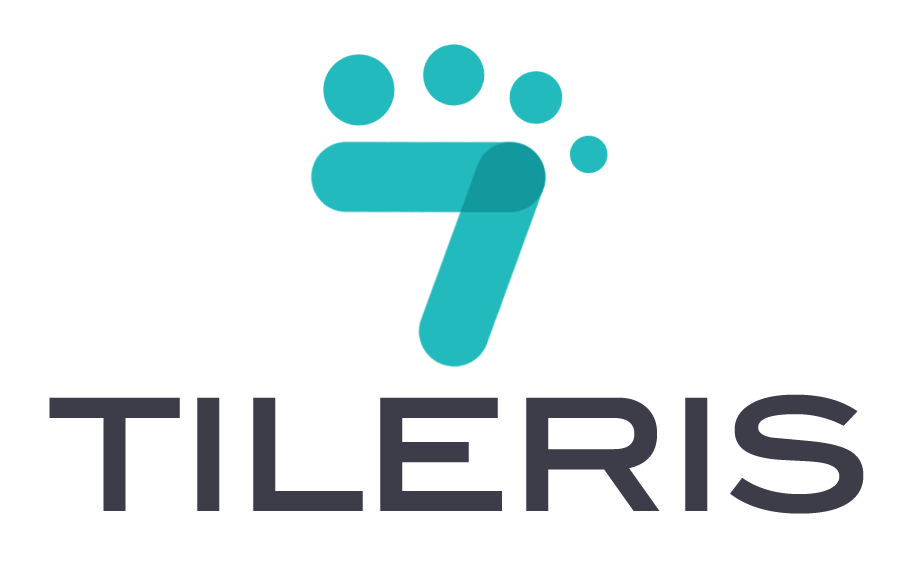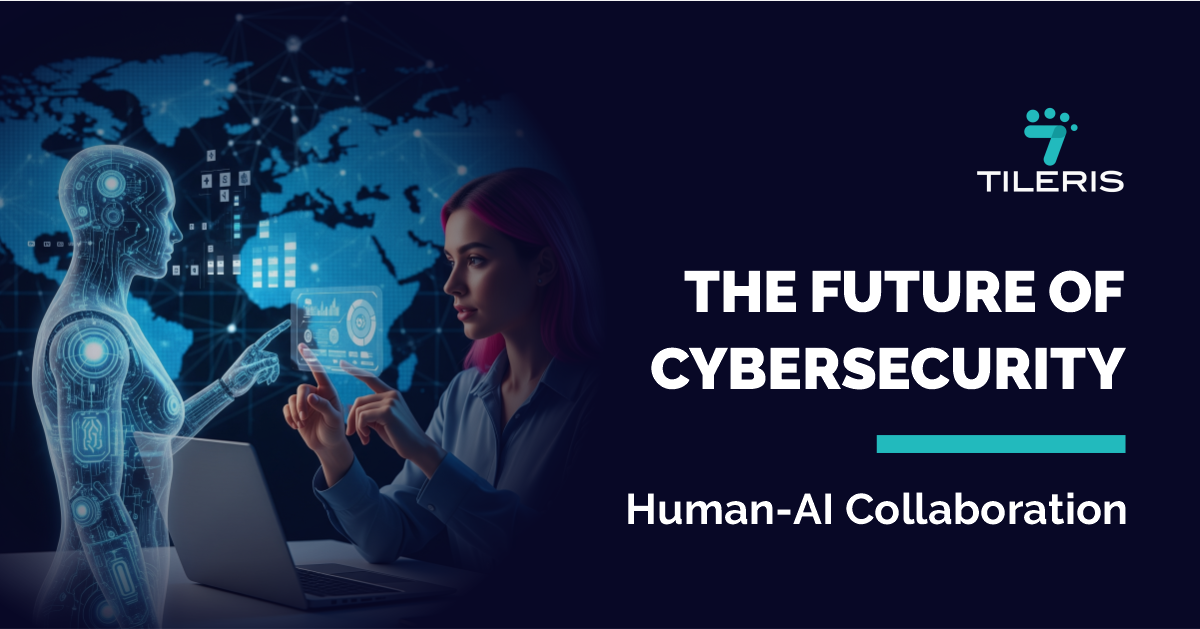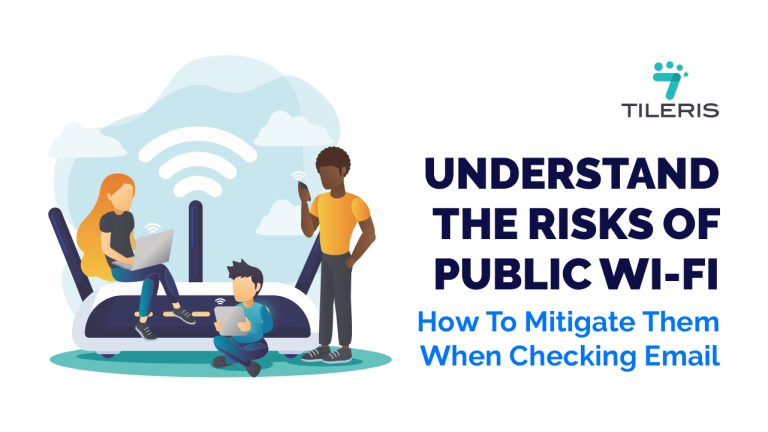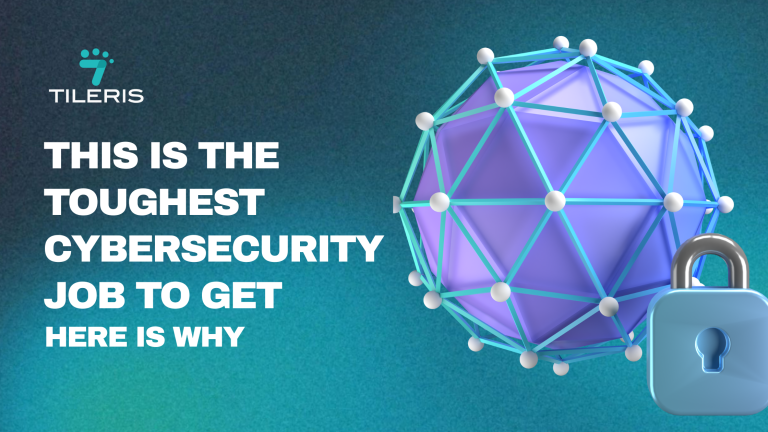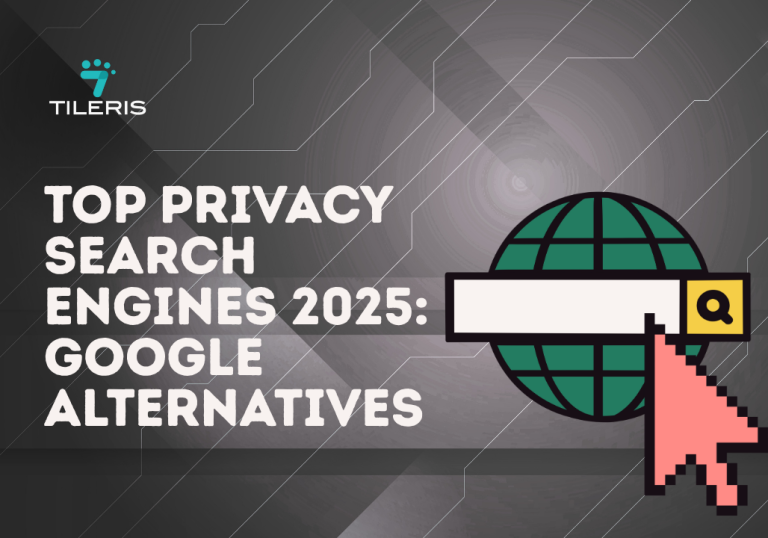The Future Of Cybersecurity: Human-AI Collaboration
Introduction
The world of cybersecurity feels like an endless arms race, doesn’t it? Every time we build a stronger wall, cybercriminals seem to invent a more powerful wrecking ball. It can feel overwhelming, like we’re constantly playing catch-up. Hackers are getting smarter, breaches are getting bolder, and the stakes higher than ever.
But there’s good news. We’re not fighting this alone. Think about it, the human mind is a marvel. We possess intuition, creativity, the ability to understand nuanced context, and the capacity for ethical judgment.
We can connect seemingly disparate pieces of information, anticipate novel threats, and even build relationships that foster a stronger security culture. But let’s be honest, we’re also limited. We get tired, we can be overwhelmed by vast amounts of data, and our reaction times, while impressive, can’t match the speed of a machine.
This is where AI swoops in like a tireless, hyper-efficient digital assistant. AI excels at processing truly colossal volumes of data in real-time, identifying patterns that would be invisible to the human eye, and automating repetitive tasks that often lead to “alert fatigue” for human analysts.
Imagine sifting through billions of network logs, user behaviors, and threat intelligence feeds every second. That’s a job for AI, and it does it with unparalleled speed and accuracy.
Why We Need Both
So, why not just let AI handle everything? Well, as brilliant as AI is, it lacks that crucial human element. It doesn’t inherently understand ethical dilemmas, the subtle nuances of a social engineering attack, or the broader business implications of a particular security incident.
This is why the most effective security approaches aren’t about AI replacing humans, but about AI augmenting human capabilities.
As Sundar Pichai, CEO of Google, aptly put it, “The future of AI is not about replacing humans, it’s about augmenting human capabilities.” It’s about creating a powerful feedback loop where AI provides the raw intelligence and initial analysis, and human experts provide the critical thinking, strategic decision-making, and creative problem-solving.
According to IBM’s Cost of a Data Breach Report 2023, organizations using AI and automation reduced breach lifecycle times by 108 days compared to those without. That’s really huge.
Real-World Examples of Human-AI Collaboration in Action
Let’s look at some tangible ways this collaboration plays out:
Threat Detection and Prevention:
AI systems continuously monitor network traffic and user behavior, establishing baselines and flagging anomalies that could indicate an attack.
Think of it like a hyper-vigilant guard dog that never sleeps. When it barks, a human analyst steps in to investigate, providing the context and experience needed to determine if it’s a genuine threat or just a squirrel in the yard.
Phishing Defense
AI can analyze emails and URLs in real-time, detecting suspicious patterns and linguistic cues that indicate a phishing attempt. But what if the phishing email is exceptionally well-crafted, perhaps using generative AI to mimic a trusted colleague’s writing style?
Here, the human element becomes vital. Our ability to discern subtle social cues, understand context, and even question unusual requests allows us to verify and provide the necessary human intelligence to stop a sophisticated attack that AI might initially miss.
Incident Response
When a breach occurs, time is of the essence. AI can automate initial containment actions, such as isolating an infected system or blocking a malicious IP address, dramatically reducing the spread of an attack. Then, human teams step in to conduct deeper investigations, strategize long-term solutions, address root causes, and communicate with stakeholders ; tasks that require a human touch and strategic foresight.
Vulnerability Management
AI can rapidly scan vast codebases and systems for vulnerabilities, identifying potential weaknesses that attackers could exploit. It’s like having a meticulous auditor who never gets bored. But prioritizing which vulnerabilities to fix first, especially when resources are limited, requires human judgment, weighing risk against business impact.
Challenges and Opportunities
While the benefits are clear, we also need to acknowledge the challenges. Integrating AI security solutions with existing legacy systems can be tricky. A JumpCloud survey found that 65% of companies reported issues with this integration. And of course, there’s the concern about data quality and privacy when training AI models, an issue that 84% of cybersecurity stakeholders are still concerned about.
However, these challenges are surmountable. The industry is continuously working on better integration tools and responsible AI development. The key is to see AI not as a replacement, but as an indispensable partner in our ongoing fight against cyber threats.
As we move forward, the cybersecurity landscape will continue to evolve at breakneck speed. Adversaries are already leveraging AI to launch more sophisticated and targeted attacks. This means our defenses must evolve just as quickly.
The good news is that the synergy between human analysts and AI systems is proving to be our most potent weapon. It’s a partnership that allows us to manage the sheer volume of threats, detect sophisticated attacks, and respond with unparalleled speed and precision.
Ultimately, the future of cybersecurity isn’t about machines taking over, but about intelligent collaboration.
It’s about humans and AI working hand-in-hand, each playing to their strengths, to build a safer, more resilient digital world for all of us. And honestly, that sounds like a future worth investing in.
Conclusion
The future of cybersecurity isn’t robotic, it’s relational. It’s about how smart systems and smart people work together to stay one step ahead of ever-smarter threats.
We’re not there yet, but we’re getting closer every day. And as AI becomes more sophisticated, so should we. Because the truth is, the best cybersecurity strategy still begins and ends with people, people who know how to think, adapt, and ask better questions than any algorithm ever could. That’s the future we should be building. Together.
Ready to Strengthen Your Cybersecurity?
Are you ready to take your cybersecurity to the next level?
Start by downloading our free security checklist. It’s packed with simple, actionable steps to help you stay protected online, giving you that immediate boost in your digital defenses. Just head over to tileris.com to grab your copy and start making a difference today.
If you’re looking for more hands-on support and expert guidance tailored to your specific needs, don’t hesitate to request a free consultation. Our team is ready to help you navigate the complexities of cybersecurity and build a robust, future-proof strategy.
Or, if you’d rather see Tileris’s human-AI collaborative power in action, go ahead and request a demo through our contact form. See firsthand how our solutions can empower your security posture and give you peace of mind.
